Over the past two decades, cities of Tamil Nadu have seen a rapid increase in personal motor vehicles. This has been, in large part, due to the lack of investment in creating quality infrastructure for walking, cycling, and public transport, along with little or no regulation of motor vehicle parking.
Streets are getting more congested with every passing day and air is turning unbreathable. Road crashes and fatalities are at an all-time high; Tamil Nadu is at the top of the list in India. But now, a small revolution seems to be on the anvil: a state-led programme that aims to transform urban roads into ‘Complete Streets’ in cities across the state.
Earlier this year, the Tamil Nadu Commissionerate of Municipal Administration (CMA), with technical assistance from ITDP India Programme, initiated the Transforming Tamil Nadu project. ITDP began working with ten of the state’s most populous cities other than Chennai—Coimbatore, Erode, Madurai, Salem, Thanjavur, Tirunelveli, Thoothukudi, Tiruppur, Trichy, and Vellore —to create Complete Streets master plans.
Based on this, the state has now announced its intentions to raise financing of the order of Rs 20,000 crore to redevelop 1,700 km of urban streets to improve safety, accessibility, and liveability for all road users.
Why complete streets make cities smart
As of 2018, Tamil Nadu has around 25 million registered motorised vehicles and are growing annually at 2.5%, surpassing the state’s population growth. While personal motor vehicles—two-wheeled as well as four-wheeled—account for approximately 90% of the total vehicle fleet, they serve only 28% of the daily trips made by people of Tamil Nadu. In contrast, 67% of all trips are made on foot, cycle, and public transport—modes of transport that efficiently use limited street space and are environment-friendly. Yet, thus far, transport planning and the design of streets has been unfriendly to these modes.

Here is where concepts such as Complete Streets help cities meet these sustainable development expectations. Not only do they support sustainable transport modes such as walking and cycling, but the design standards also lay emphasis on equal access to streets—regardless of their age, gender, ability, or mode of transportation.
The main components of Complete Streets are the wide and continuous footpaths, safe pedestrian crossings, separate cycle tracks (where applicable), bus stops designed to enhance convenience, designated on-street parking, organised street vending, and properly-scaled carriageways.
These streets are designed to offer the best of convenience and comfort based on local needs and offer spaces for relaxation, recreation, and interaction. And in the process, ensuring safety through equitable allocation of space for all users, keeping emission levels at a check, and promoting sustainable means of transport among the community.
Getting things started on the ground
In April 2018, the ITDP India Programme, in association with GIZ Smart-SUT, conducted a state-level workshop on ‘Designing streets for walking and cycling’ on behalf of the CMA. Commissioners and senior municipal staff from all ten cities learnt about the need for Complete Streets and the way to plan and implement them.

Realising the transformative potential of Complete Streets, the CMA launched the Transforming Tamil Nadu project. The cities were commissioned to engage with ITDP India Programme to identify, map, plan, and implement city-wide networks of Complete Streets that prioritise walking, cycling, and access to public transport.
Over a period of nine months, the India Programme held ten workshops that saw participation by over 300 officials.
These workshops helped facilitate a joint discussion between various stakeholders—corporation engineers, Traffic Police, Highways Department, Tamil Nadu Electricity Board (TNEB), Bharat Sanchar Nigam Limited (BSNL),Tamil Nadu Water Supply And Drainage Board (TWAD), as well as civil society organisations—to work together to develop a joint vision for their city’s future.

Each of these interactions began with sensitising the officials, as most were naturally inclined to believe that motor vehicles dominated the paradigm of urban planning. They were presented with statistics that represented the present conditions. One such tidbit: a third of all trips in Tamil Nadu are made on foot! But how many footpaths are designed to cater to pedestrians or how many streets even have footpaths for that matter?!
This dialogue left a resounding impact on the audience.
Once the foundation to the concept was laid, officials were engaged in a participative mapping exercise to identify streets for redevelopment. This exercise allowed various authorities to work in collaboration, and deliberate upon conceptual walking and cycling network plans for their respective city. The data that came about, by means of this participatory session, was processed into GIS maps and analysed to understand block estimates about the streets available for transformation and tentative project budget.

As a result of this mapping exercise, officials from these then cities identified a network of 1,700 km of streets that could be transformed into sustainable, liveable spaces!
How things are shaping up
“Over the past two years, we’ve spent over Rs 20,000 crore in providing basic infrastructure with projects worth Rs 50,000 crore in the pipeline. In addition to that we require about Rs 20,000 crore for development of Smart Roads, which we are seeking from development banks,” said the state minister for Municipal Affairs and Water Supply (MAWS) and Implementation for Special Projects, Thiru SP Velumani, at a workshop held on 21 December 2018.

The workshop, conducted in partnership with Asian Development Bank, aimed to sensitise officials from urban local bodies on the Governance Improvement and Awareness Component (GIAC) of the Tamil Nadu Urban Flagship Investment Program (TNUFIP).
ITDP India Programme’s work with these ten cities helped in identifying a draft network of 1,700 km of city streets to be redeveloped into Complete Streets. Given the potential of this initiative, the Tamil Nadu government is reaching out to prospective funders. To set precedent, ITDP India Programme will work with GIZ Smart-SUT to create detailed city-wide plans for walking and cycling in three pilot cities which will then be scaled to the other cities.
As stressed upon by the CMA, during this workshop, these streets will have to be redesigned as per complete street design standards for underground utility and surface design, to gage a lasting impact on the liveability of the city.
As it is said, action speaks louder than words and Tamil Nadu’s action details its aspiration to become the walking and cycling capital of India. This giant leap by the state to create high-quality city-wide networks of Complete Streets for its citizens is commendable!
Written by Rohit James
Edited by Kashmira Medhora Dubash




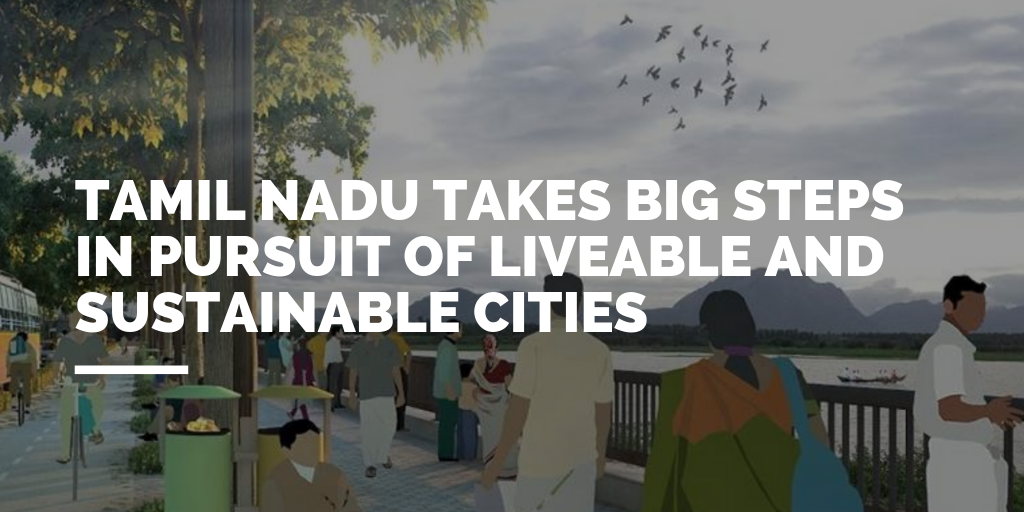





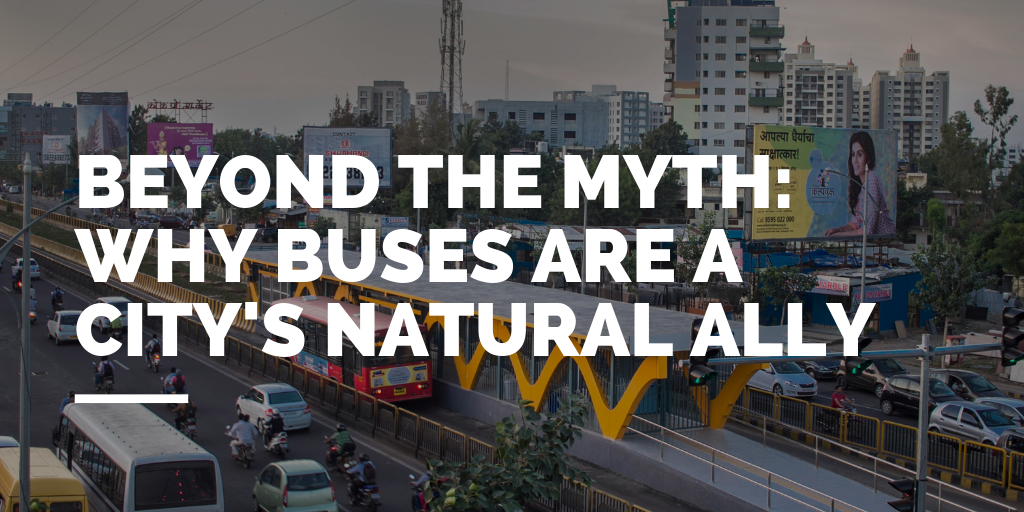




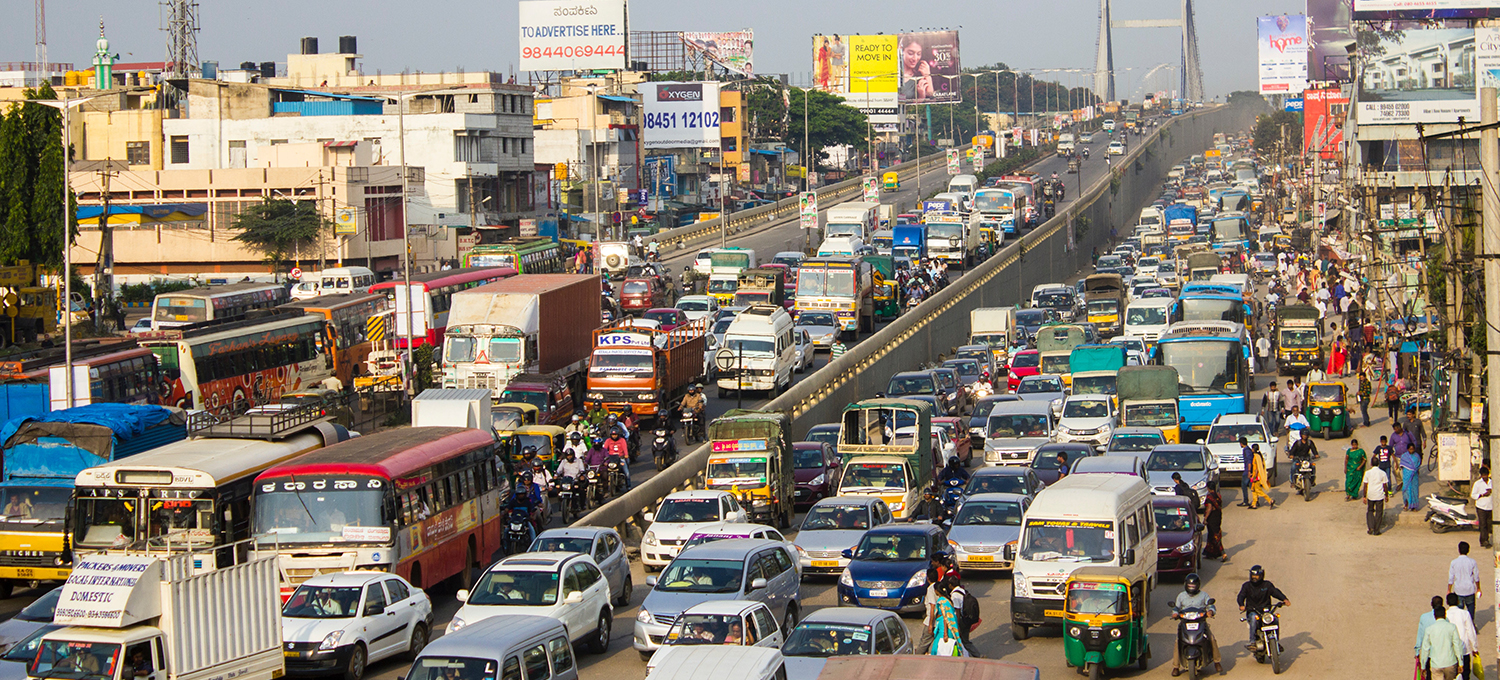






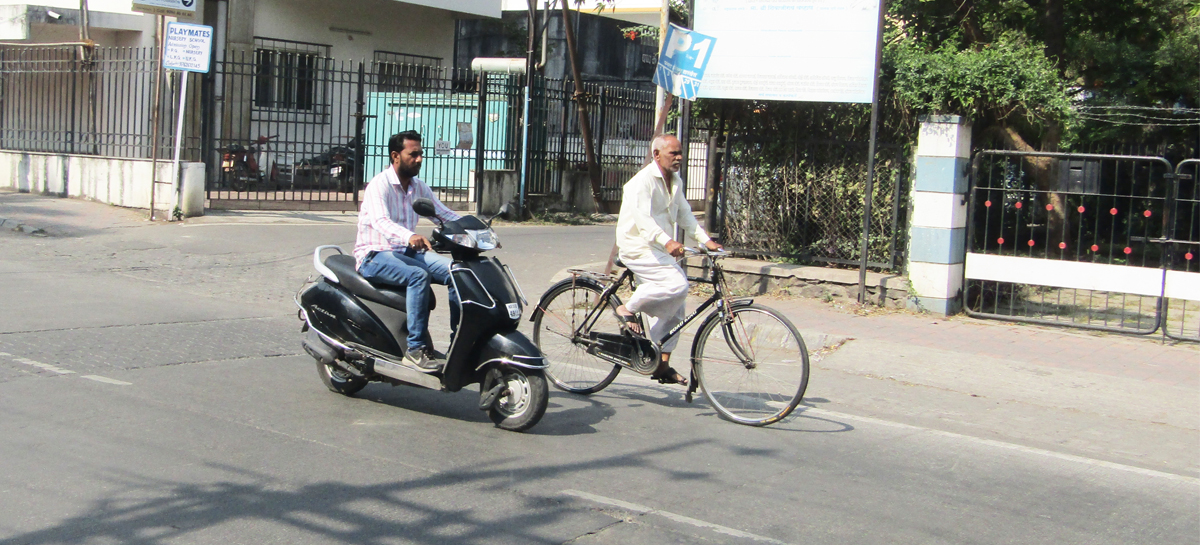



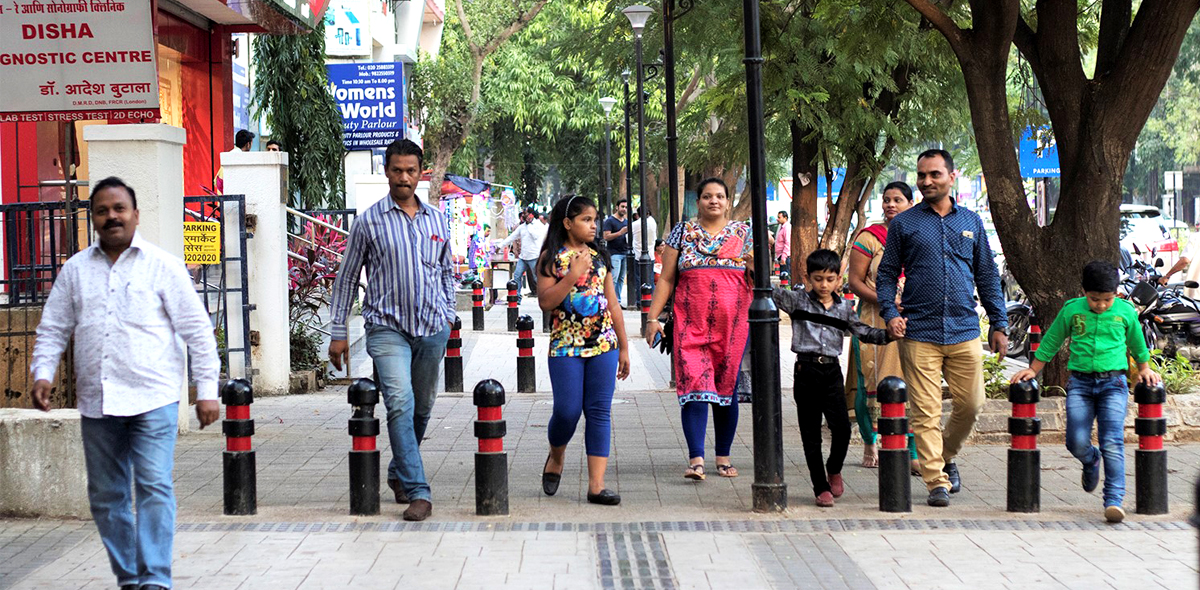





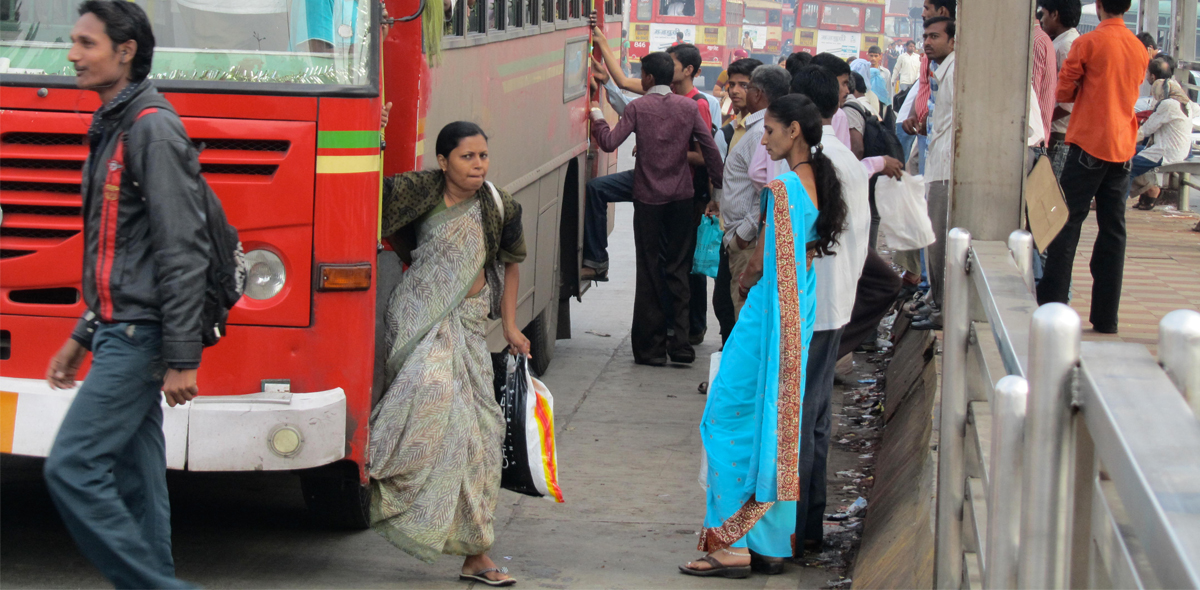



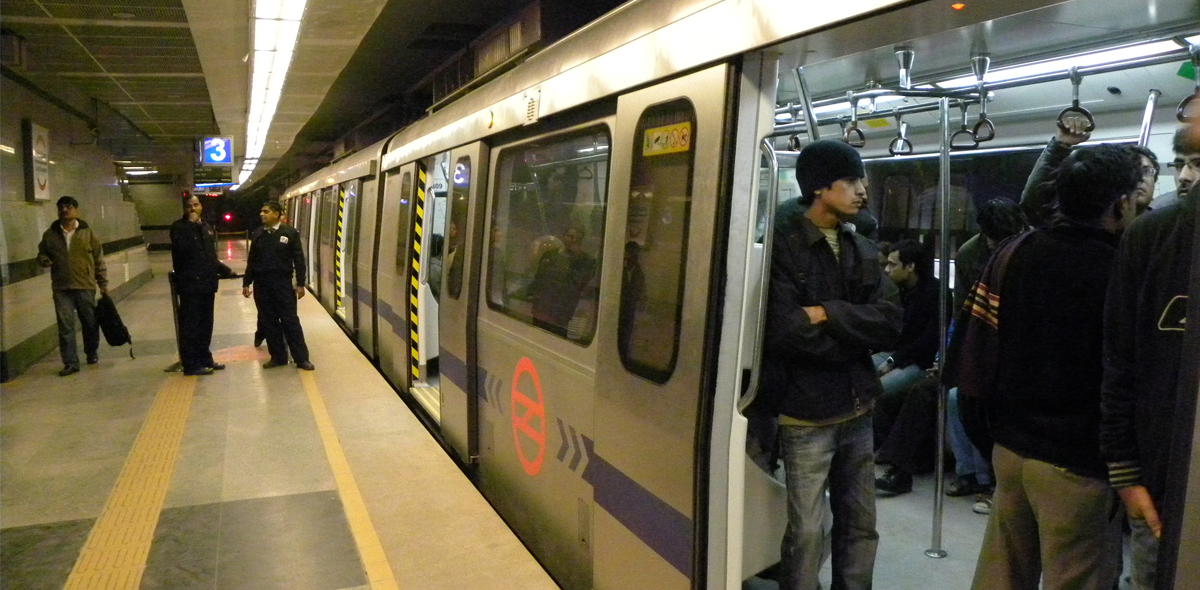





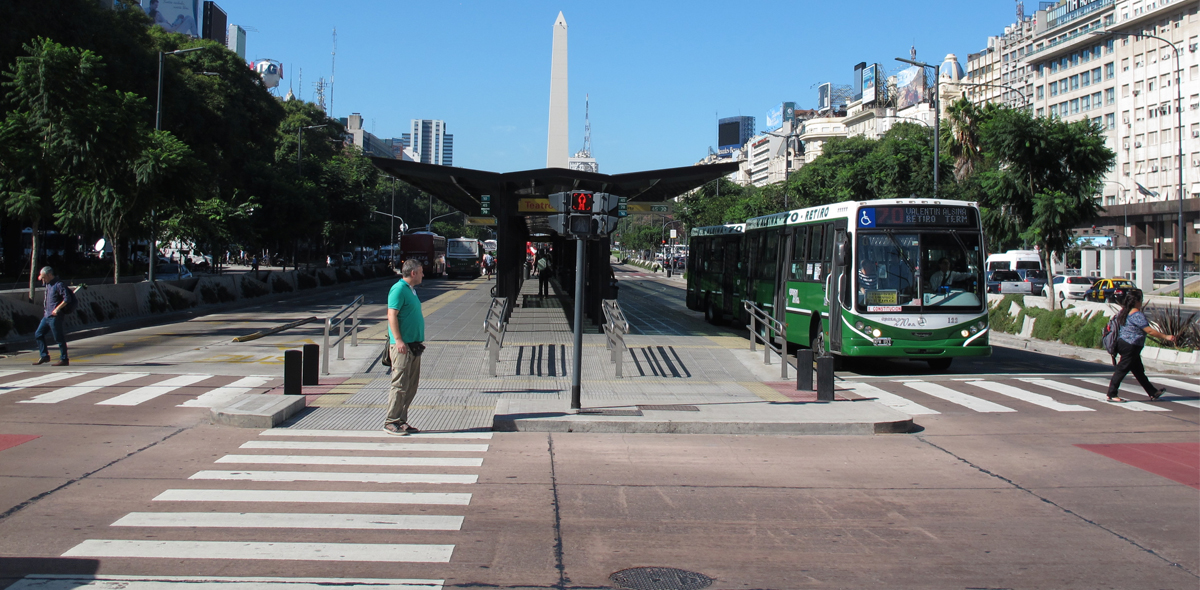




 [/one_fourth] This interview is a part of the MOBILIZE Santiago Speaker Series. In this series, we will feature interviews with researchers from VREF’s Future Urban Transport where we will discuss their work in sustainable transport and reflecting on MOBILIZE Santiago’s theme: Just and Inclusive Cities Become the New Normal. To learn more about MOBILIZE Santiago and how you can register to attend the summit in Chile, visit
[/one_fourth] This interview is a part of the MOBILIZE Santiago Speaker Series. In this series, we will feature interviews with researchers from VREF’s Future Urban Transport where we will discuss their work in sustainable transport and reflecting on MOBILIZE Santiago’s theme: Just and Inclusive Cities Become the New Normal. To learn more about MOBILIZE Santiago and how you can register to attend the summit in Chile, visit